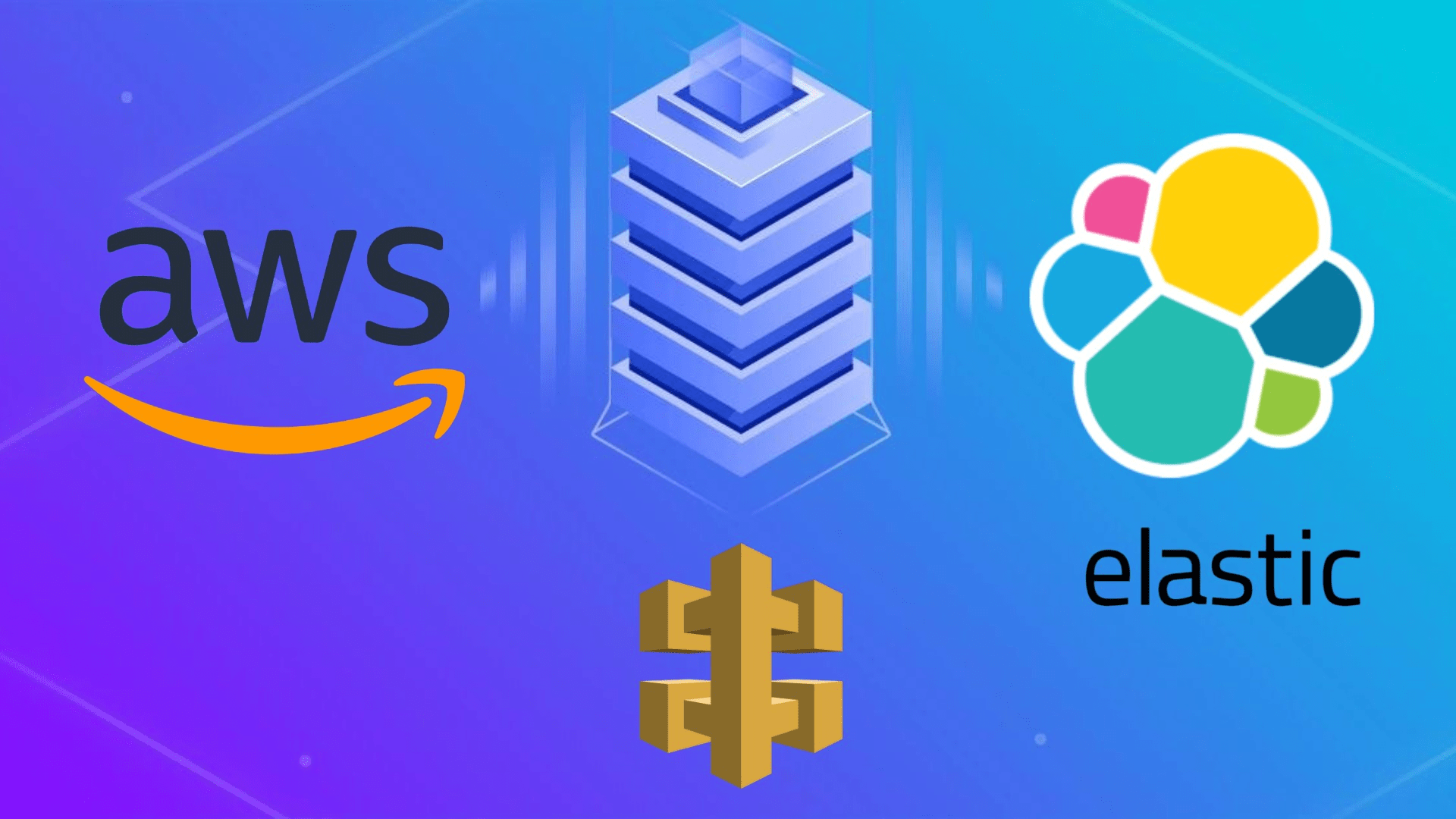
Amazon MQ: Microservices Introduction with AWS Lambda
Explore microservices with Amazon MQ and AWS Lambda, their benefits, and integration for efficient and scalable application development.

Explore microservices with Amazon MQ and AWS Lambda, their benefits, and integration for efficient and scalable application development.
Microservices architecture has become widely used over the recent years, especially because of its extensibility. AWS Lambda in conjunction with Amazon MQ is a powerful solution when it comes to development and application of microservices. This blog will assist you through a procedure of applying microservices apps on AWS Lambda which you can trigger from Amazon MQ. We will be concerned with how the exchange in RabbitMQ can be configured, how the various queues can be bound as well as how the Lambda functions can be invoked optimally.
Micro services architecture can be described as the architectural style where application is divided into a number of related but relatively independent services. Both services are formed to represent a specific business capability while they can be created, tested, and deployed individually. This architecture is more flexible and enables faster creation and deploying of solutions.
When using any element of RabbitMQ’s functionality, AMQP works behind the scenes, enabling you to rapidly create an Amazon MQ with RabbitMQ Exchange.Before going for microservices, one must require a message broker so that there can be communication between microservices. The most suitable option is, undoubtedly, Amazon MQ with RabbitMQ compatibility. The RabbitMQ exchange will be set up and different queues will be created and we will get to know the flow of messages in this framework.
Probable Steps :
The relationship between Broker, Exchange and Queues can be seen via this image :

AWS Lambda provides the capability to run code on demand with no first needing to establish and configure servers. Next, several Lambda functions will be created as an analogy to microservices, which will receive messages from the Amazon MQ queues.
In order to allow the interaction between Amazon MQ and AWS Lambda we will configure the triggers. Every queue in RabbitMQ will call a different Lambda function which will mean that every task will be processed on its own.
Here are the probable steps :
Scalability is one of the big pluses with microservices, the idea being that a given microservice can be scaled as and when needed. We will discuss how AWS Lambda scales with the influx of the message and about the observability and the health check of microservices.
Here are the probable steps:
In order to guarantee the scalability and sustainability of the solution, some recommendations on the creation and distribution of microservices using AWS Lambda and Amazon MQ will be presented.
The utilization of microservices in AWS Lambda and Amazon MQ provides a powerful technique that software developers can leverage to support the development of efficient applications. By following the steps outlined in this blog post, offshore software developers can take advantage of microservices architecture to enhance the elasticity and reliability of their applications.
To learn more about AWS Lambda and its capabilities, check out their official website.
For additional insightful articles and information on custom software development services, please reach out to us.







Web Development Services in the United States